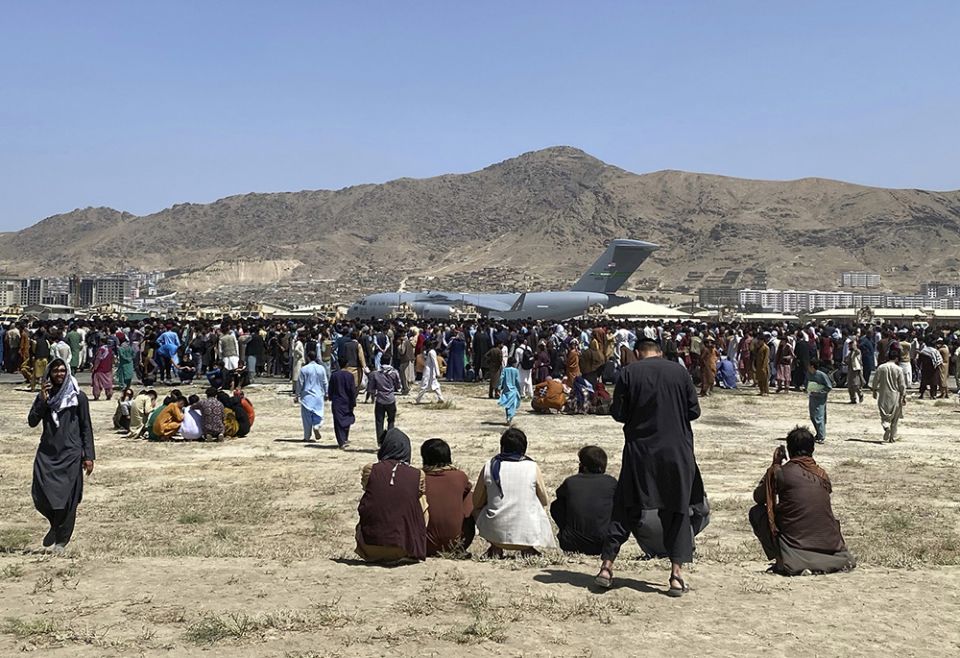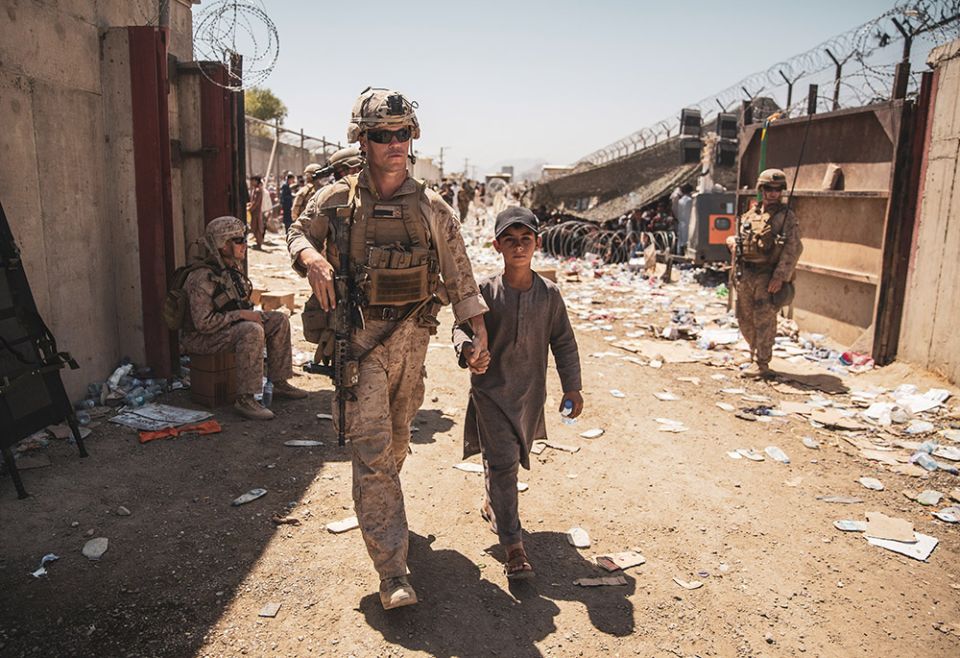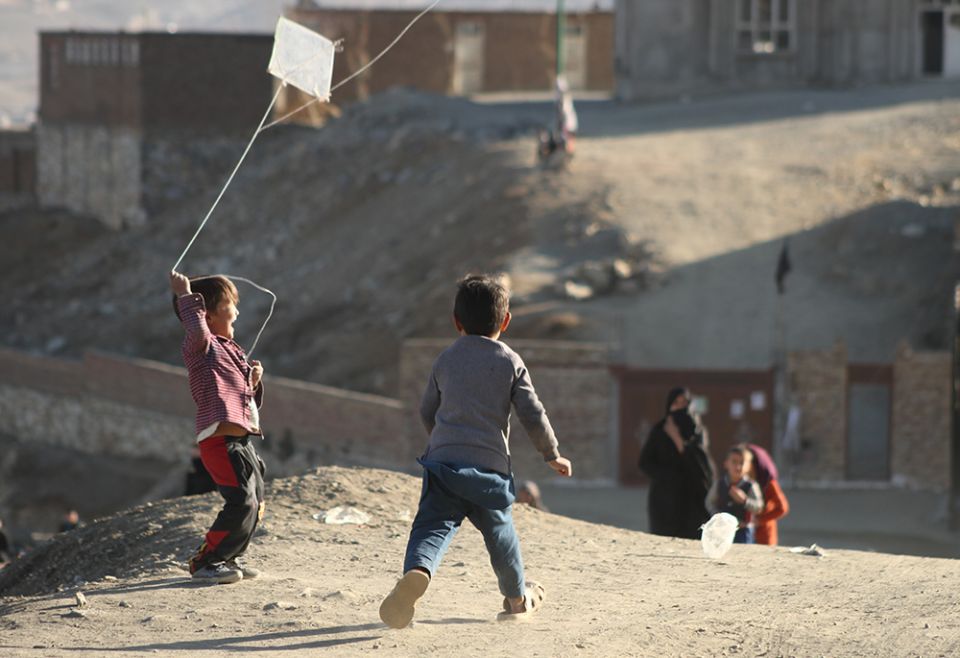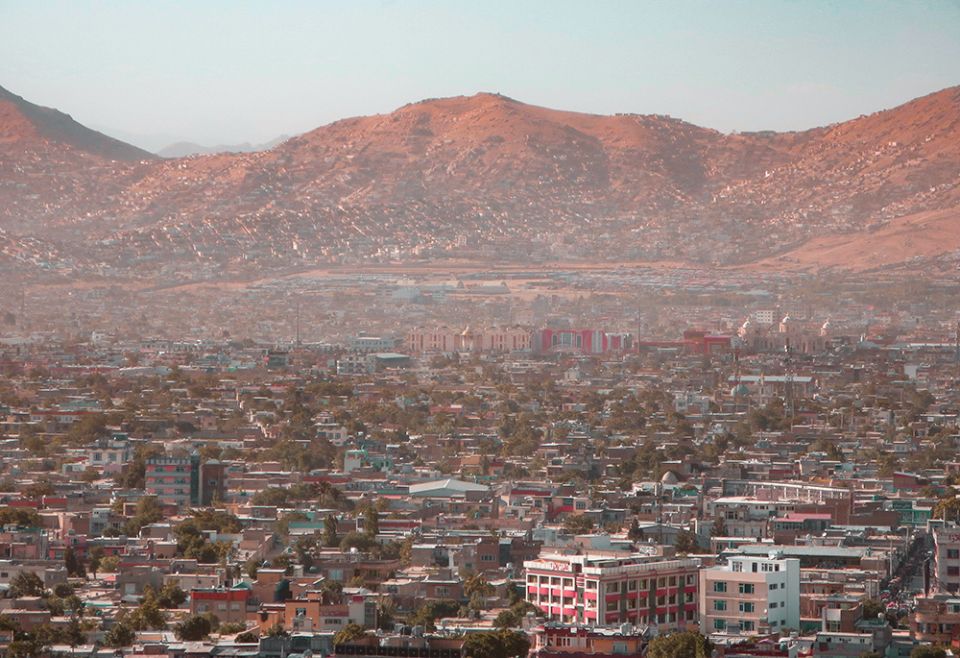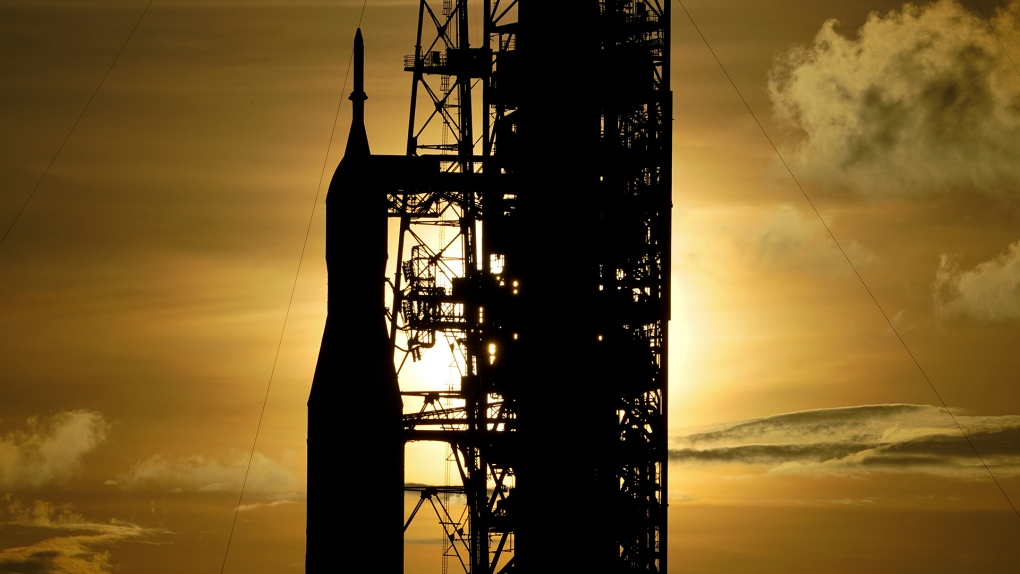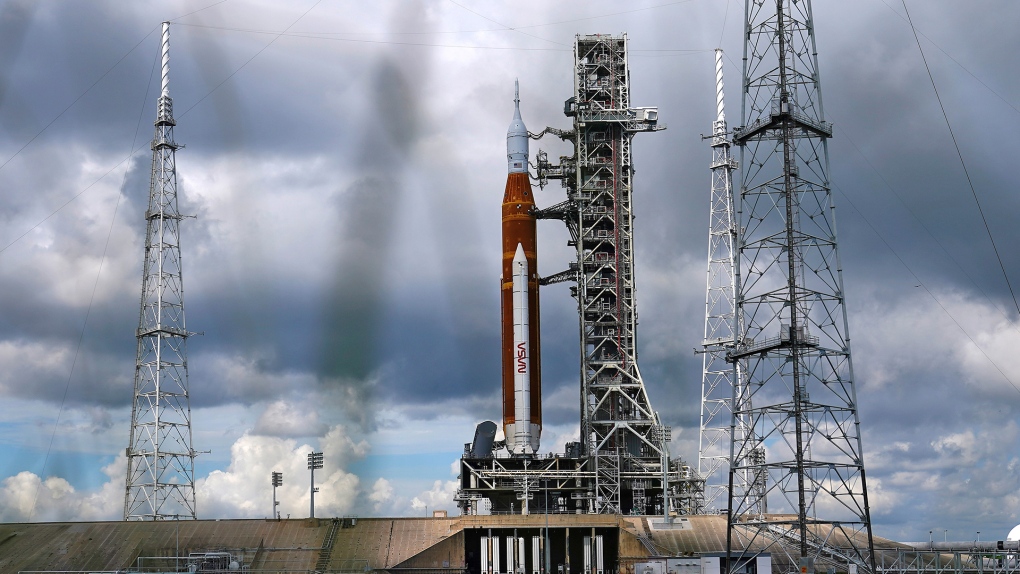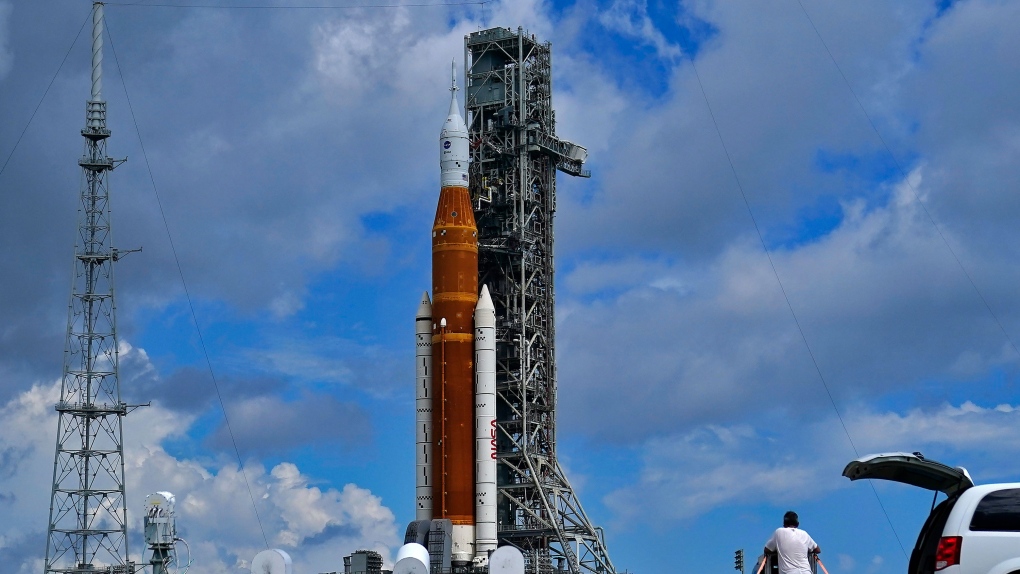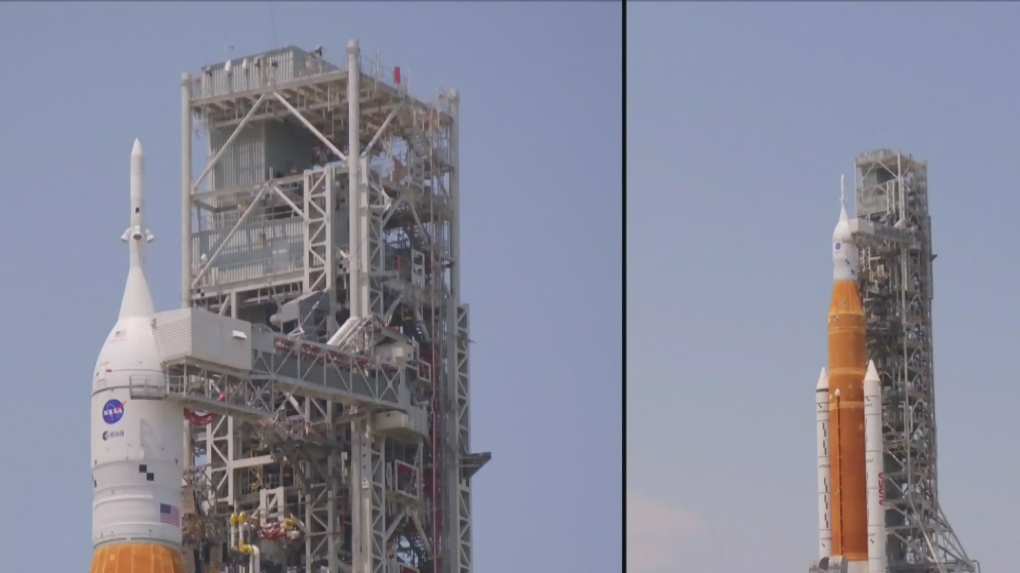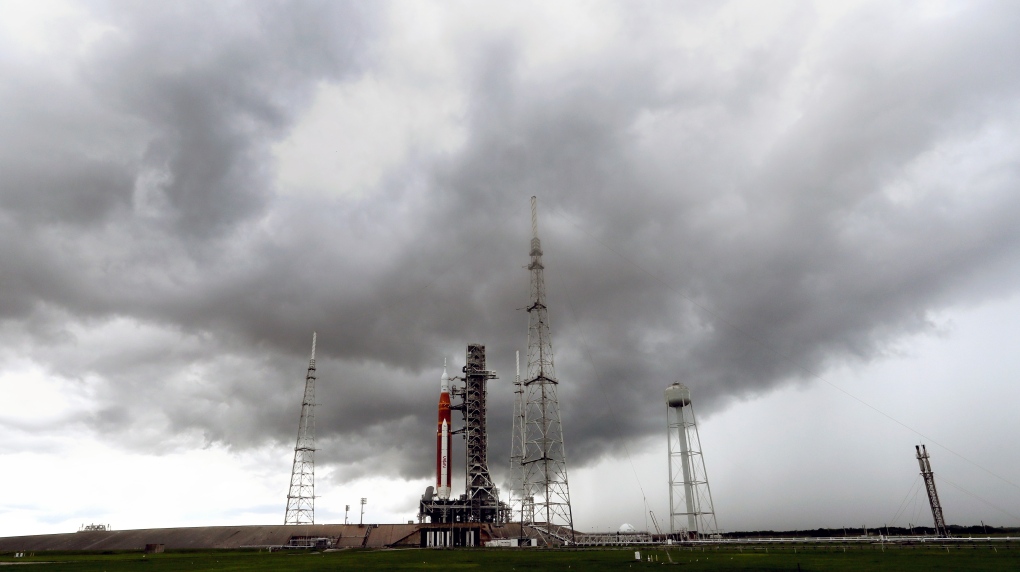Mark Perrie is struggling with the increases to his food and fuel bills but worries that another rent hike could force him out of the city and move back to Motherwell
By John Gillespie 28 AUG 2022

An Edinburgh computer expert is struggling to live in the capital despite having a well-paid job as the cost of living continues to put the squeeze on people’s finances.
Mark Perrie has a daily struggle to keep his head above the water and says it’s “beginning to look like” he will have to move out of the city. The 26-year-old earns £36,000 a year and has a take home pay of about £2200 a month.
He said that most of his salary is taken up by paying his rent, council tax, food, clothing and other daily expenses.
The computer programmer lives in a one-bedroom flat in Dalry, two years ago he saw his first rent rise from £625 to £669. However, he now expects the rent to increase to over £700, which he says he cannot afford.
Mark says he is considering moving back to Motherwell and commuting to save on accommodation costs. His flat uses an electric fire and his monthly fuel bill has risen from £50 to £110.
Food costs, too, have almost doubled from £60 a week and his usual lager is now more than twice as expensive. Mark says it’s now cheaper to buy fast food than cook meals from fresh and he has stopped going to restaurants.
Speaking to the Daily Record, the computer programmer said: “I am struggling and the cost of living really began to bite in the last two months.
Get all the latest news and headlines from Edinburgh, Fife and the Lothians sent straight to your inbox twice a day by signing up to our free newsletter.
From breaking news to the latest on the coronavirus crisis in Scotland, we'll have you covered.
The morning newsletter arrives every day before 9am and the evening newsletter, manually curated by the team, is sent at 6.30pm, giving you a round up of the most important stories of the day.
To sign up, simply enter your email address into this link here and select Daily News.
“When you meet other people who are in the same situation, you can see anxiety about the future.
“When I moved to Edinburgh, the rent on my flat was the cheapest I could find. I do not feel that I am getting value for money.
“The amount I am paying is a lot for one person and there is no central heating.”
Mark enjoys cooking, particularly making vegetable curries, but the cost of ingredients has recently shot up. Instead he finds himself picking up a pizza to feed himself.
He said: “These unhealthy foods are cheaper but they are better value for money.
“I like to make a red lentil daal but I can’t afford that any more.
“For example, the price of something like a pepper has gone up from £1.10 to £1.70.
“These are small things but they all add up. When I was living in Motherwell, the price of a pint of Carlsberg was £2.15 and it’s now £5.
“Things are bad enough for me but I can’t imagine what it must be like for someone with children and getting them fed.”
Mark’s biggest worry is another rent increase.
He said: “I don’t want to commute or live in some satellite town but it is beginning to look that way.
“There needs to be more purpose-built affordable accommodation for people. The housing system that we have is just broken.”
